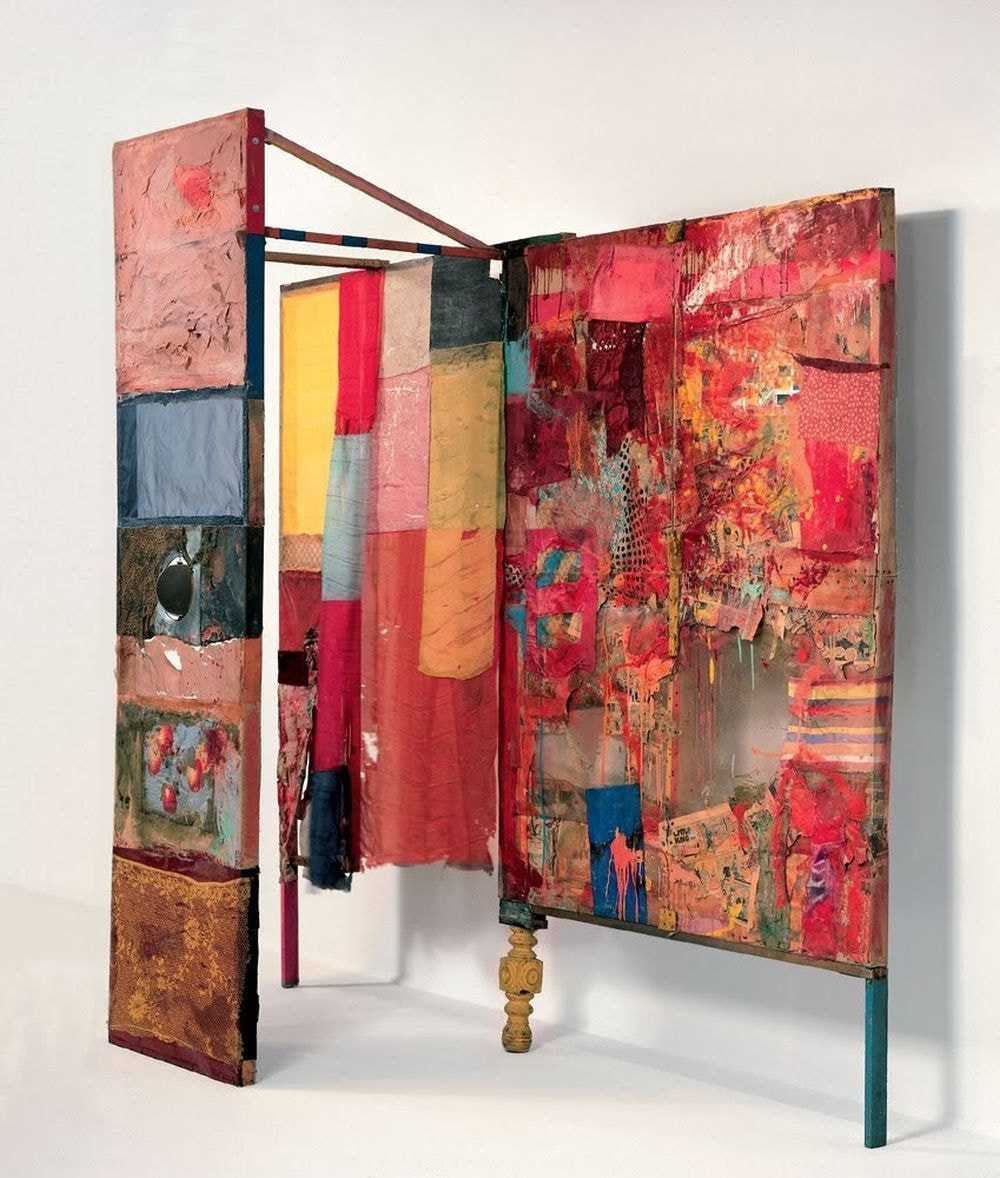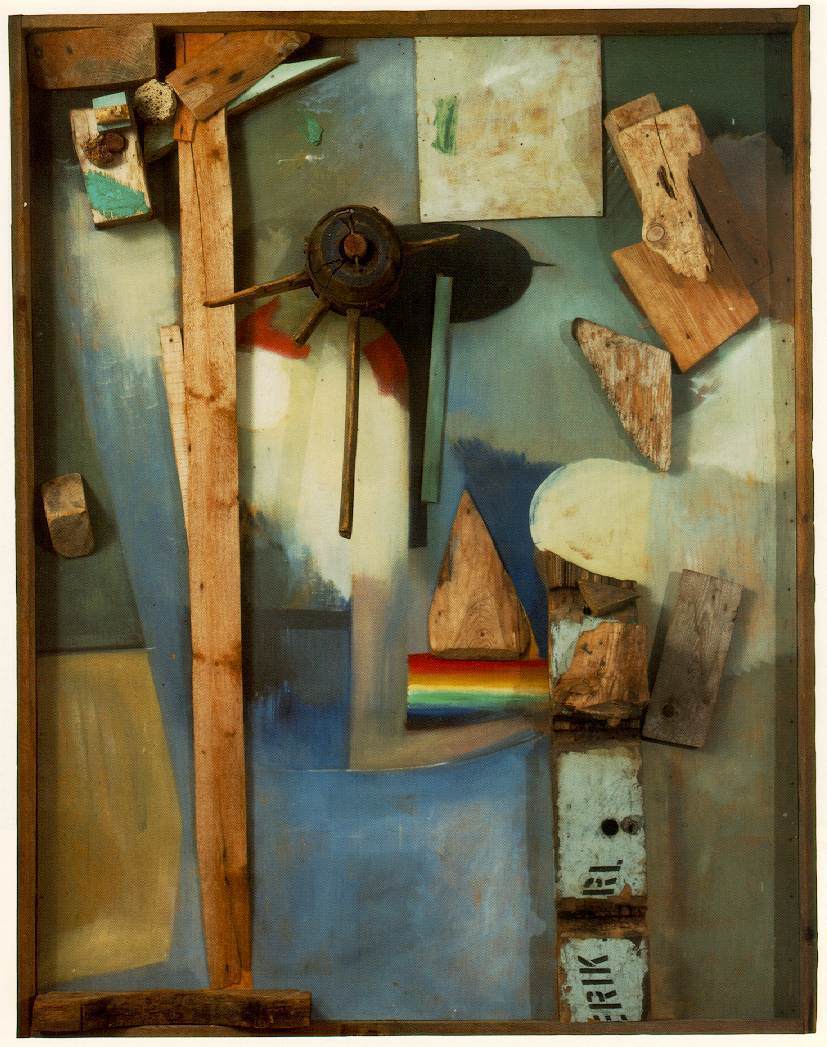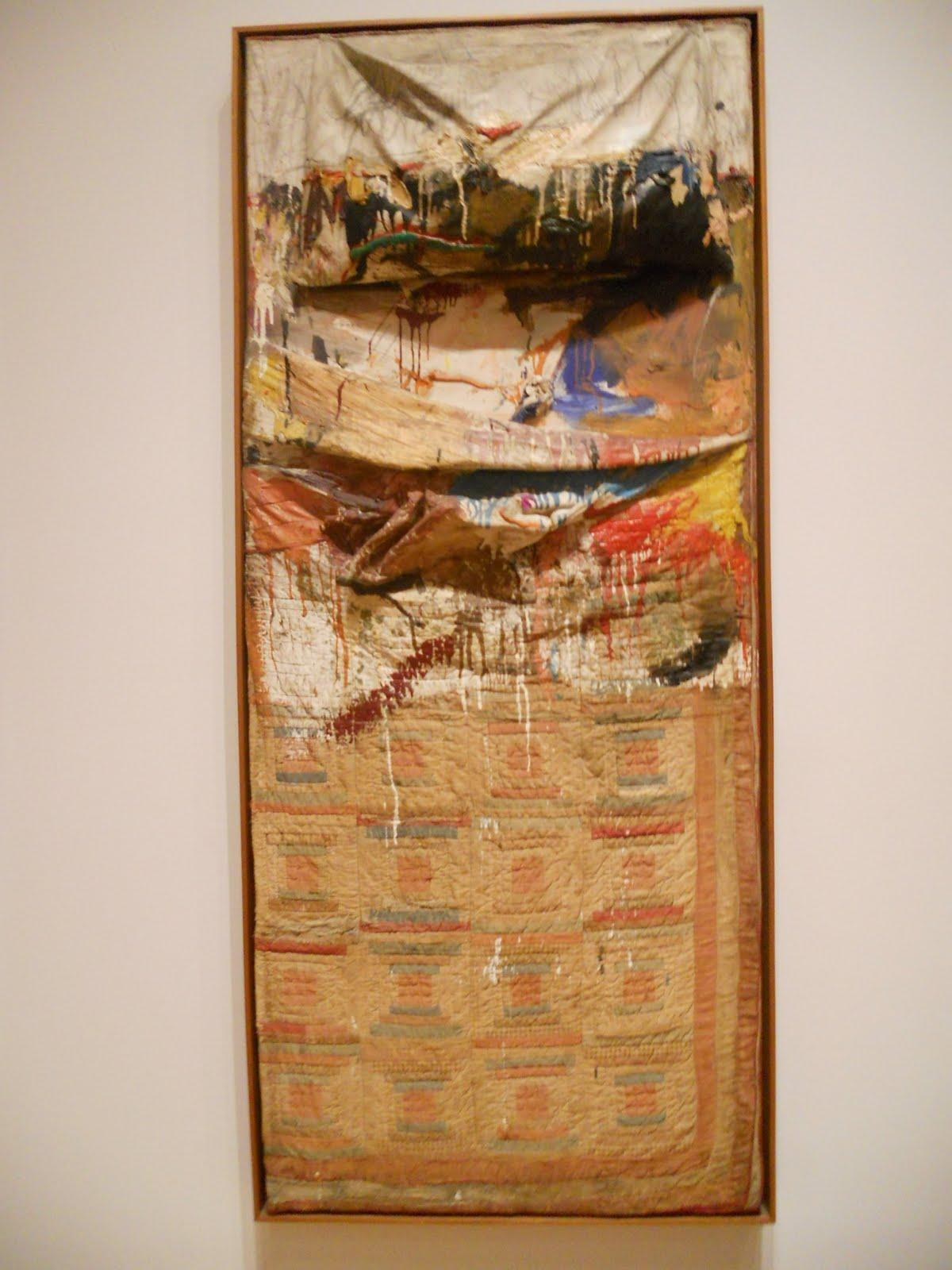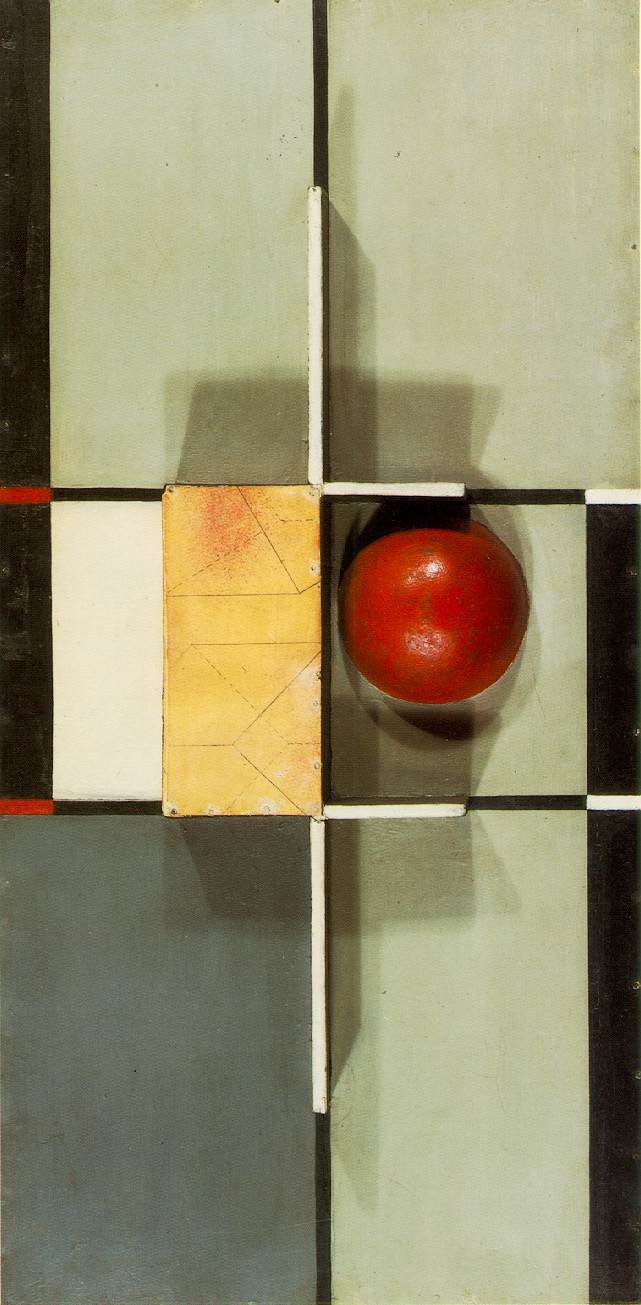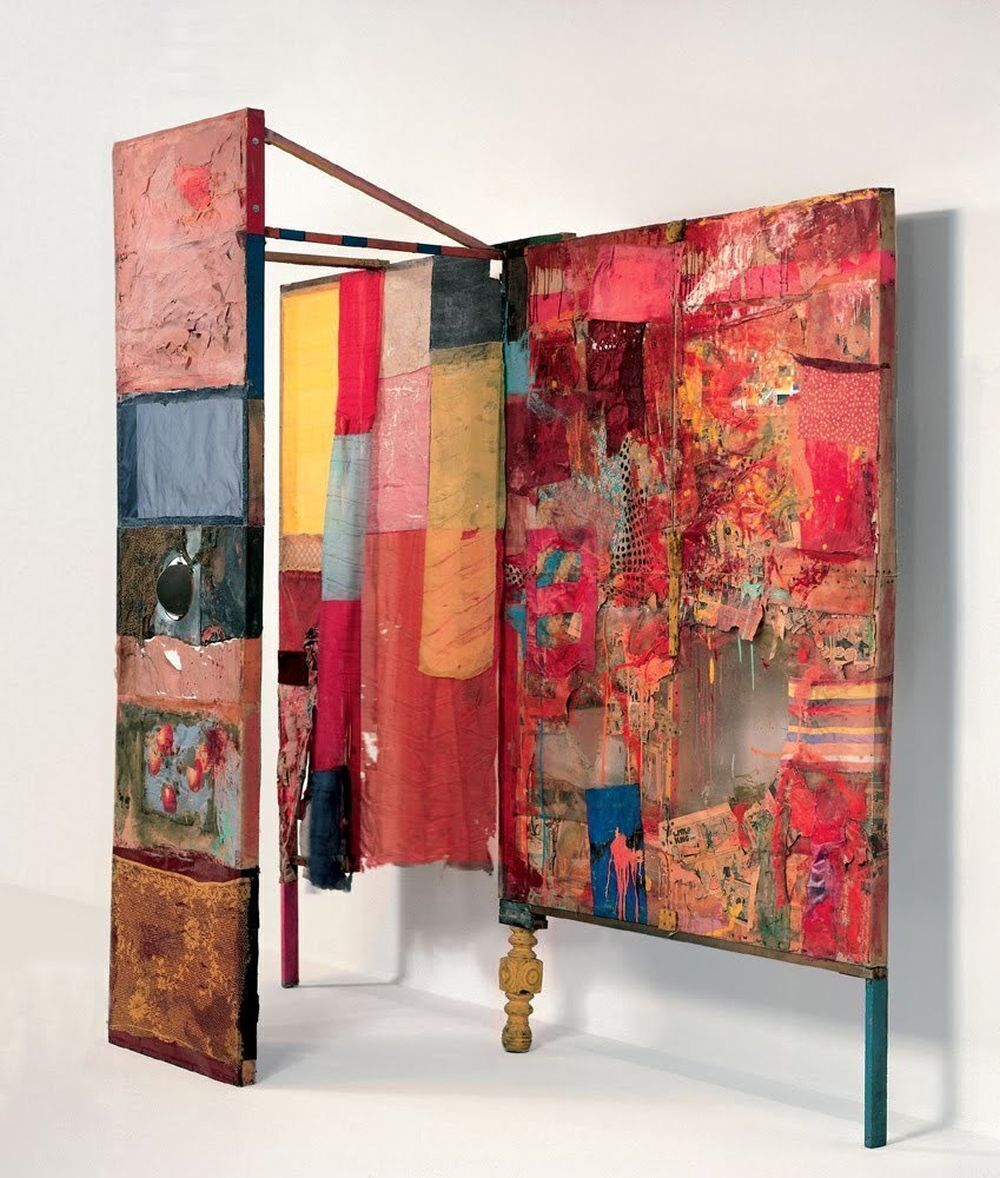The German avant-garde artist Kurt Schwitters (1873-1948) worked in many styles, experimenting with Expressionism, Surrealism and Dadaism. Using "ignoble" materials - essentially garbage - he masterfully combined form and color to create collages and environments, as well as producing paintings and sculptures. He is considered one of the key inspirations for a whole generation of American avant-gardists later in the century, among the most prominent of whom was Robert Rauschenberg (1925-2008).
Referred to in The New York Times as a "Titan of American art," Rauschenberg was one of the key proponents of Pop art in the 1960s. While working with assemblage, an artistic form invented in Europe in the early 20th century, Rauschenberg imbued it with themes that were socially relevant to the United States.
Both Rauschenberg and Schwitters before him, not only developed a new principle of working with unconventional materials, but also a method of capturing history through everyday detritus as a symbol of their times.
